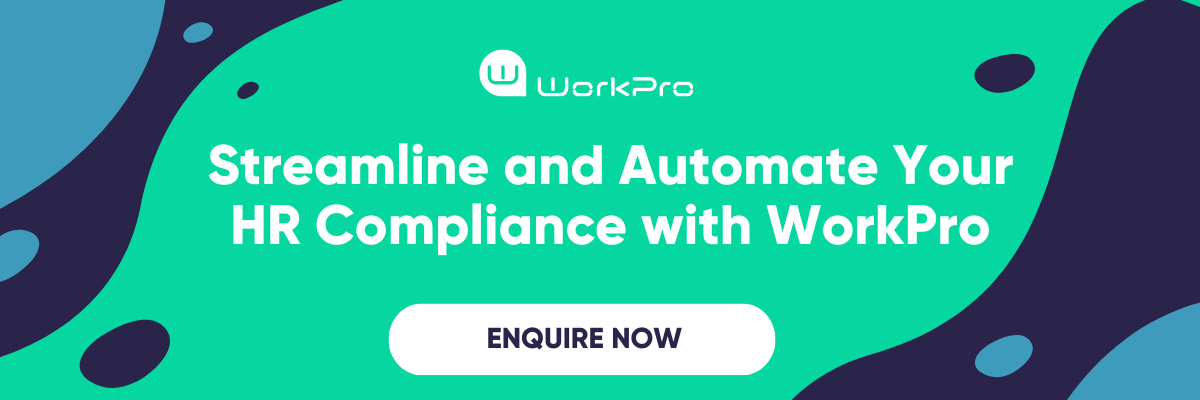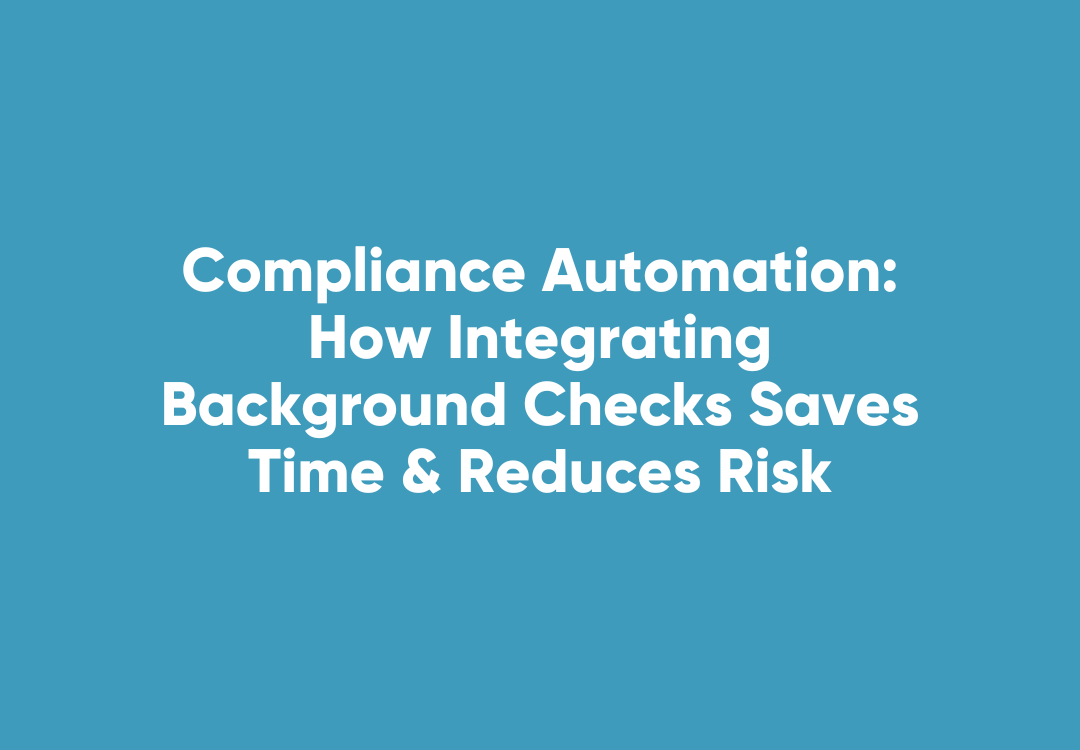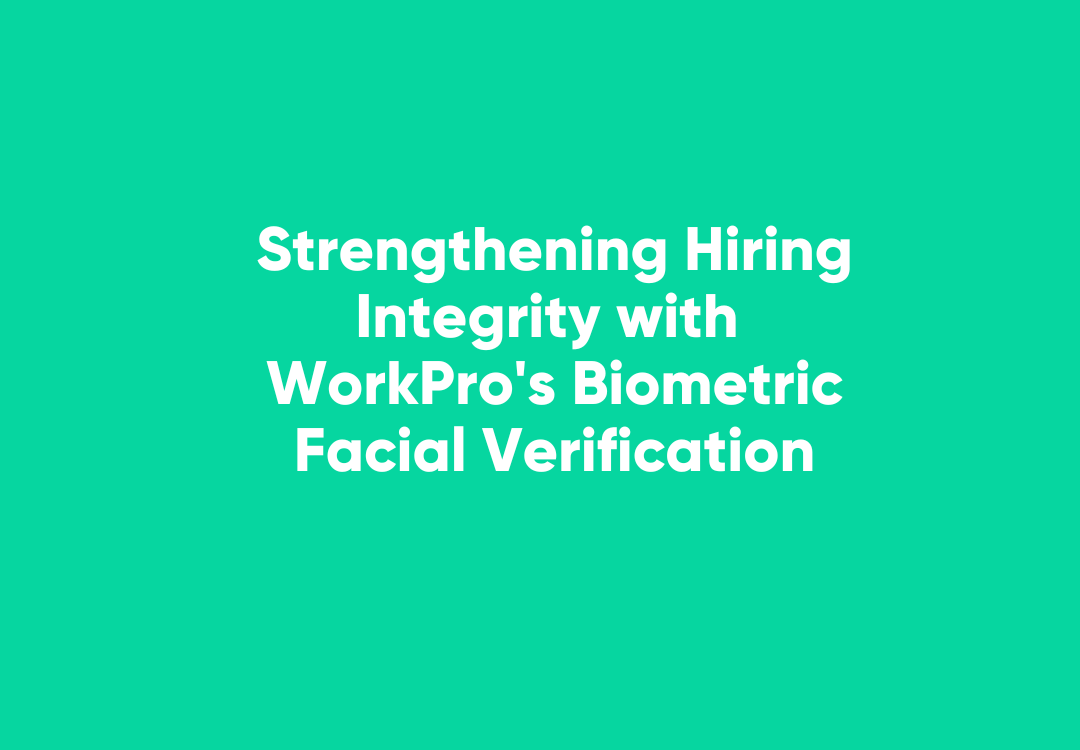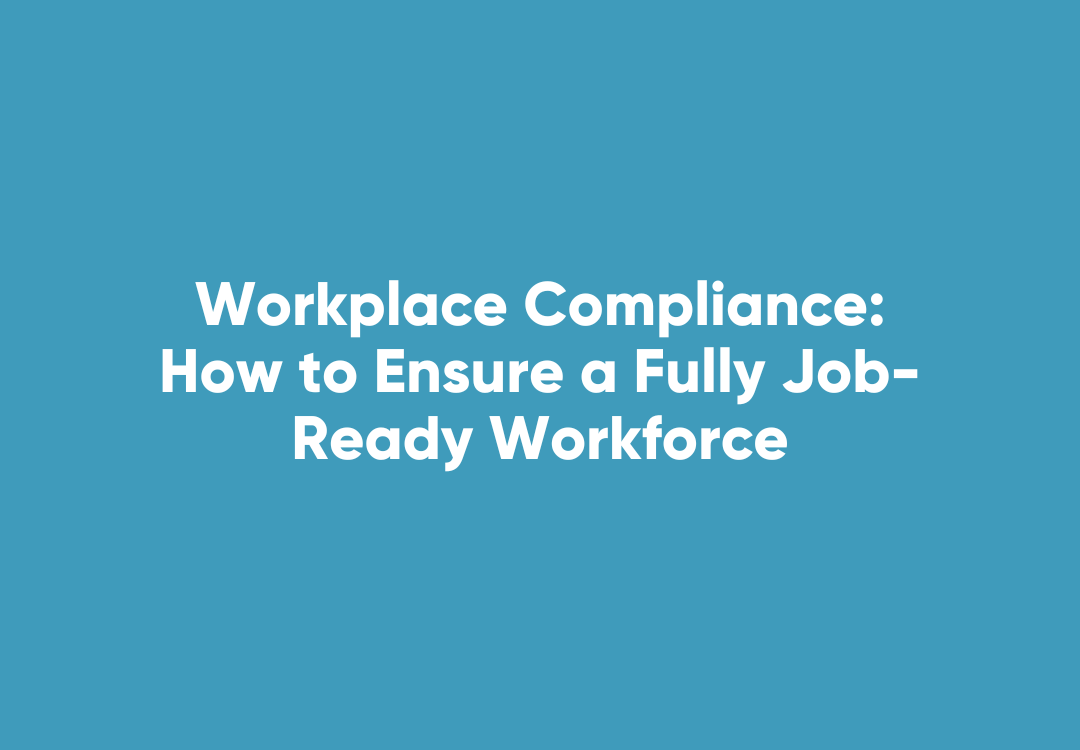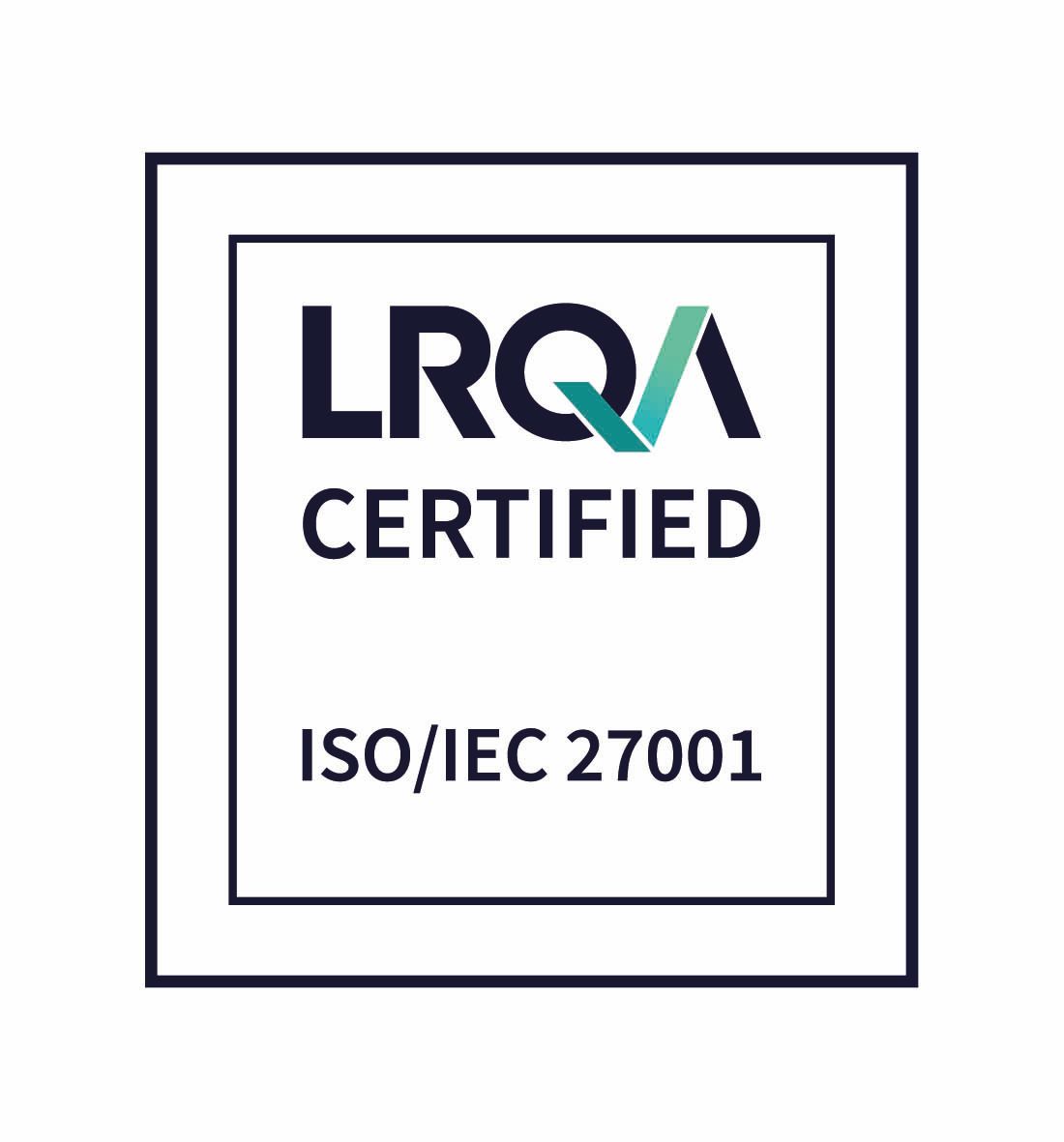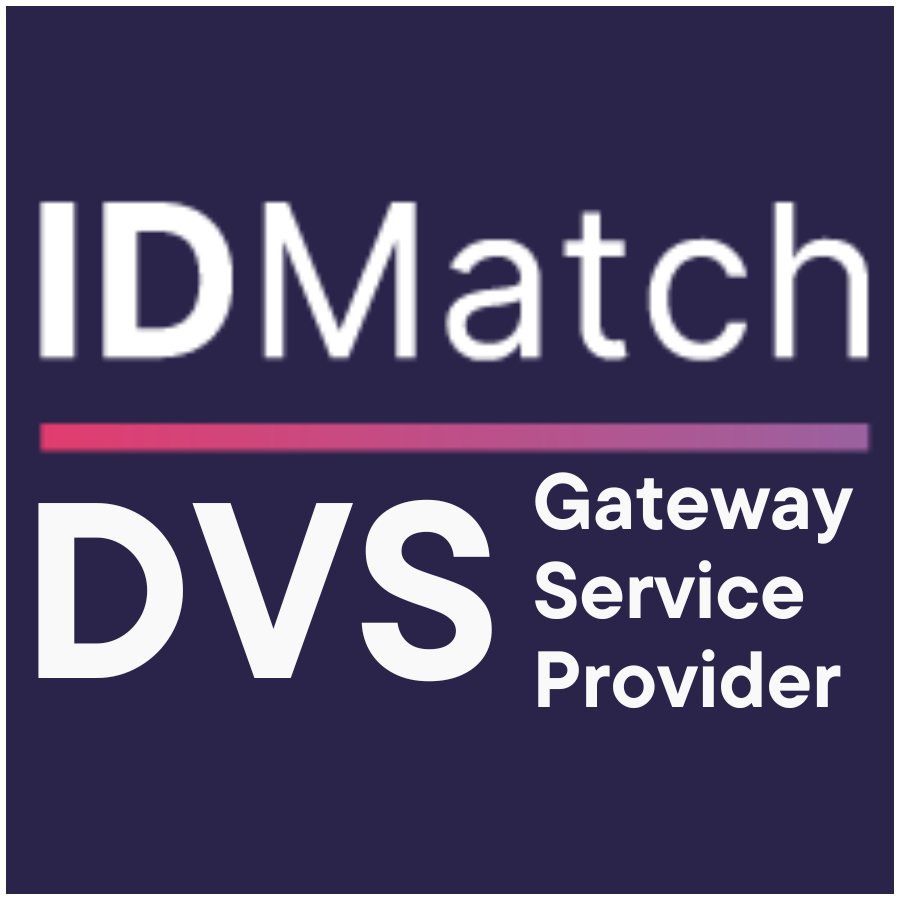Still Uploading Documents Manually? Why It's Time To Upgrade HR Compliance
80% of HR professionals say tracking employee licences and certifications is time-consuming and error-prone (Source: HR.com survey, 2023). For many teams, compliance still relies on spreadsheets, inbox searches, and post-it reminders.
From right-to-work checks to high-risk industry licences, keeping up with expiring documents across your workforce is tedious and risky. And if you’re still manually uploading employee documents into separate folders or HR systems, you're not just wasting time; you’re increasing the chance of a compliance breach.
This blog explores how document management integrations across your ATS system, HR tech, and recruitment software can transform the way compliance is managed, ensuring that critical employee data stays up to date, accessible, and audit-ready.
What is HR document compliance?
HR document compliance is the process of collecting, verifying, storing, and tracking employee documents, such as work rights, licences, and certifications, to meet legal and regulatory requirements.
To maintain compliance, organisations must ensure these documents are valid, up to date, and easily retrievable. Integrating document management tools into HR systems or ATS platforms automates this process and reduces the risk of expired or missing records.
Manual Document Tracking is Holding Teams Back
Let’s face it, HR teams are still spending hours each week:
- Emailing employees to collect missing documents
- Manually uploading files into various systems
- Tracking expiry dates with colour-coded spreadsheets
- Scrambling to find documents during audits
It’s inefficient, and worse - it’s risky.
If a key licence or right-to-work document expires, the organisation could face legal penalties, fines, or loss of contracts. In industries like healthcare, aged care, and construction, these risks are even more severe.
Now imagine a system that automatically collects, validates, and tracks employee documents, and alerts you before they expire.
Why Employee Document Management Matters
Effective employee onboarding includes verifying key compliance documents, right-to-work, visas, certifications, and licences. Without a structured, integrated approach:
- Documents go missing
- Expiry dates are overlooked
- HR data is inconsistent
- Audits become stressful and resource-heavy
How Integration Solves the Problem
Integrating document management into your recruitment system, ATS, or HR tech stack transforms compliance into a proactive process:
- Candidates upload documents during the onboarding process
- The system flags missing or invalid files automatically
- Expiry tracking tools alert HR teams and employees before deadlines
- All records sync to one source of truth, whether it’s an ATS system or HR software
Benefits of Document Integration:
- Fewer manual uploads and emails
- Consistent, centralised HR data
- Automated screening and verification
- Better experience for HR teams and employees alike
WorkPro: Automate Compliance Document Management
WorkPro offers an integrated approach to compliance documentation, plugging into your existing recruitment software or ATS system to automate every step of the process.
Key Features:
- Candidate self-upload via mobile or desktop
- Automatic verification of right-to-work, licences, and certifications
- Expiry tracking with reminders for HR and employees
- Recruitment system integration to trigger compliance checks at the right hiring stage
- Secure, audit-ready, storage of HR data
Leave Manual Uploads Behind
If you’re still manually uploading employee documents, it’s time for an upgrade. Relying on fragmented systems or spreadsheets introduces unnecessary risk to your business and eats up valuable time.
With ATS integration, automated screening, and HR tech designed for compliance, WorkPro helps HR teams stay ahead of audits, eliminate manual admin, and keep every record current.
Explore how WorkPro can modernise your document compliance process, saving time, reducing risk, and improving your employee onboarding experience.




